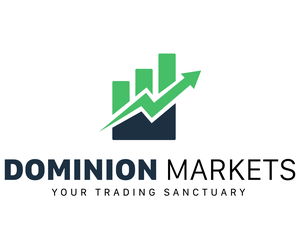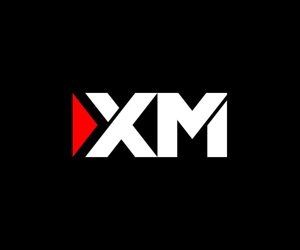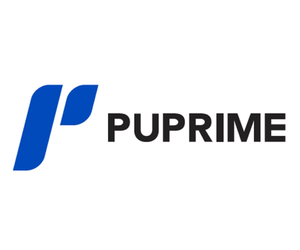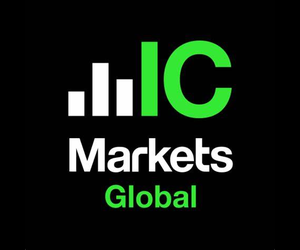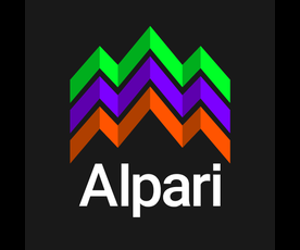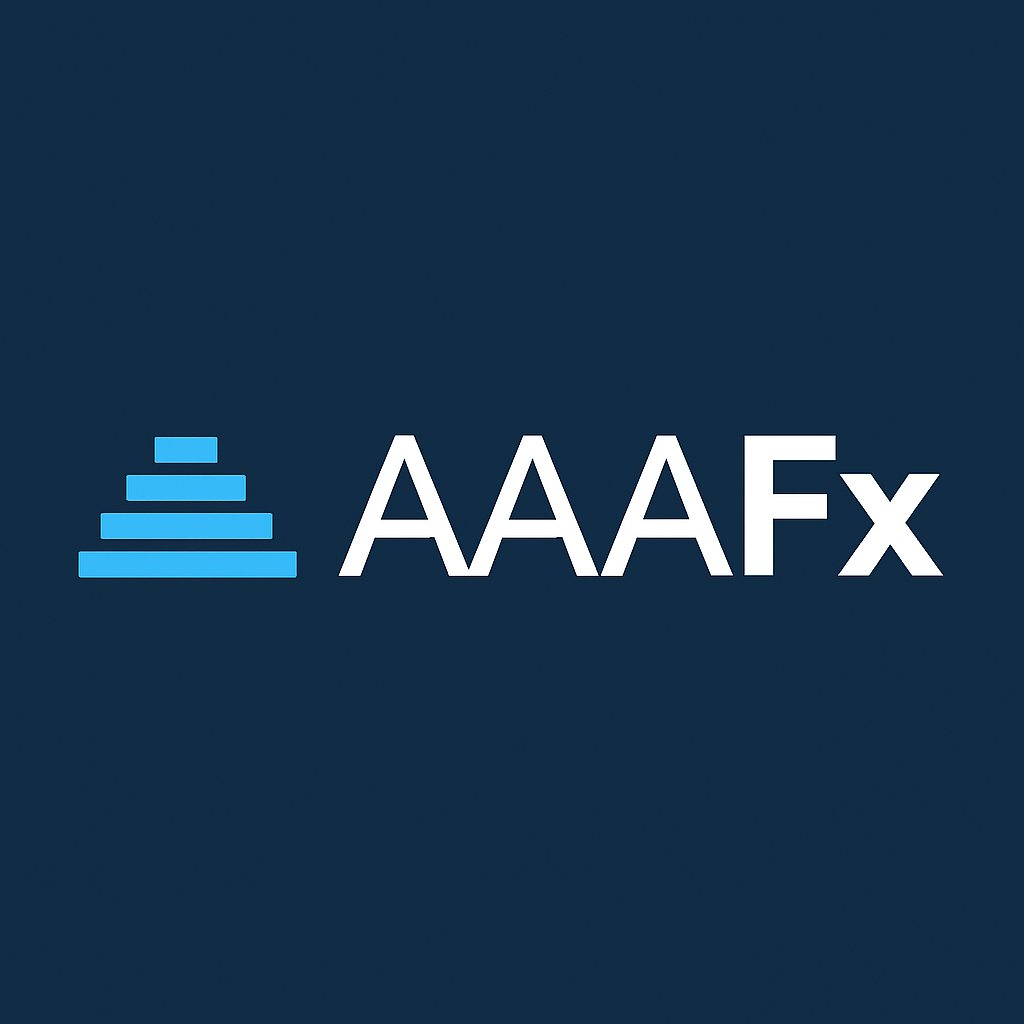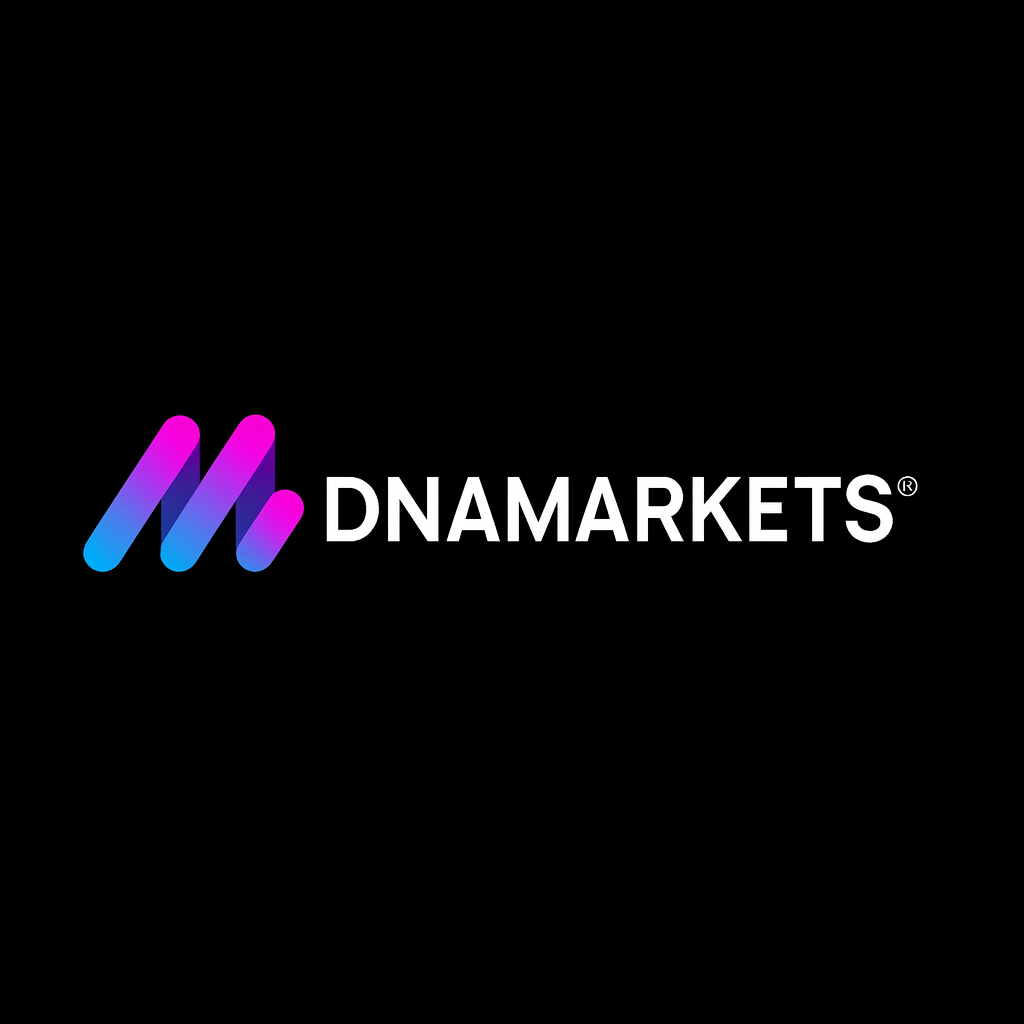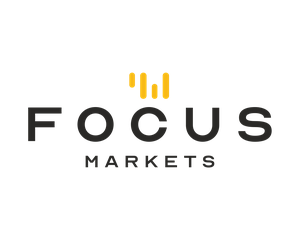IC Markets review: We rate IC Markets Gold Standard for safety and performance under ASIC/CySEC, with tight raw spreads, fast execution, and 2,250+ CFDs on MT4/5, cTrader, and TradingView—built for cost-conscious, active traders. Note entity differences and fees; see how it compares.
For millions of retail traders worldwide, choosing the right forex broker can mean the difference between steady gains and sleepless nights. Enter IC Markets, an Australian-born titan launched in 2007 by founder Andrew Budzinski. With over 200,000 clients and a reputation for tight spreads and rapid execution, it’s become a go-to for traders navigating the $7.5 trillion daily forex market. It’s not about flashy ads or viral campaigns—IC Markets thrives on delivering raw trading power to everyday investors, from busy parents chasing side income to retirees hedging currency swings for travel.
Why does this matter? Forex trading has exploded beyond Wall Street’s towers. With apps in your pocket and news alerts buzzing, casual traders are jumping in, but the risks—leverage traps, shady brokers—loom large. That’s where our review steps in. Using Trader Verified’s methodology—weighting regulation (35%), execution quality (30%), client feedback (25%), and expert insights (10%)—we’ve rated IC Markets as Gold Standard, a top-tier badge signaling robust safety and performance. Our scoring, based on verified data, yields an 8.78/10 (Regulation: 3.15/10, Execution: 2.70/10, Feedback: 2.13/10, Experts: 0.80/10), comfortably above the 8.0 Gold threshold. It’s not a flawless crown, but it’s a strong contender. This article breaks down the essentials: regulatory backbone, trader buzz, key pros and cons, and our final take. Our goal? Clear, no-nonsense insights to help you trade smarter, whether you’re scalping euros or holding long-term positions.
Regulation & Safety: Built on Solid Ground
Picture entrusting your savings to a bank that leaves its vault unlocked. Unregulated brokers pose a similar risk—your funds could vanish if things go wrong. IC Markets avoids this pitfall with oversight from premier regulators, securing its Gold band for safety. But what makes a regulator “premier,” and why should a beginner care?
Regulators are rated in tiers, like stars for financial trust. In our tiering, Tier 1 bodies, such as Australia’s ASIC and the EU’s CySEC regime, enforce strict rules on fund segregation, fair pricing, and transparency. They conduct regular audits, issue hefty fines for violations, and in the EU offer investor compensation (up to €20,000). Tier 2 provides decent mid-shore oversight, while Tier 3 offshore regulators are lighter on enforcement, raising risks. Our methodology filters out weak oversight, prioritizing brokers with proven protections.
IC Markets operates through distinct entities, each tightly regulated:
- International Capital Markets Pty Ltd (Australia): Licensed by the Australian Securities and Investments Commission (ASIC), under AFSL 335692. This covers Australian and some global clients, with retail leverage capped at 30:1 and negative balance protection mandated under ASIC’s product intervention order. Pros/eligible clients may access higher leverage (up to 1:500).
- IC Markets (EU) Ltd (Cyprus): Regulated by CySEC (License 362/18) under ESMA rules, enforcing 1:30 leverage on major FX, 1:20 on most others, plus negative balance protection.
- Raw Trading Ltd (Seychelles): Licensed by the FSA Seychelles (Securities Dealer SD018)—this entity serves many non-EU/AU clients.
Client Protections
What does this mean for you? Your funds are held in segregated accounts at top-tier banks such as National Australia Bank (NAB) and Westpac (for AU/Global), separate from the broker’s own finances. If IC Markets faces trouble, your money stays ring-fenced. In the EU, eligible retail clients are also covered by the Investor Compensation Fund up to €20,000. Note that IC Markets does not serve U.S. residents due to regulatory restrictions. Regulation ensures a fair game, not guaranteed profits—but with IC Markets, you’re on solid ground.
Negative balance protection is another win, mandated by ASIC and applied under ESMA/CySEC for retail clients. It ensures you never owe more than your deposit—a lifeline for new traders caught in volatile moves. Leverage caps (1:30 on majors, 1:20 on minors in the EU; 1:30 in AU) keep risks in check, preventing debt spirals. Professional accounts can unlock higher leverage, but that’s opt-in for experienced traders who meet eligibility tests.
Trader Reputation & Market Presence: Voices from the Front Lines
A broker’s reputation isn’t shaped in glossy ads—it’s forged in trader reviews, support chats, and real-world performance. Since its Sydney debut, IC Markets has built a robust presence, offering 2,250+ instruments across forex, CFDs on stocks, indices, and commodities. MetaTrader 4/5, cTrader, and TradingView are all supported. IC Markets states its NY/London infrastructure delivers sub-40ms execution—catnip for scalpers and algo traders.
Client feedback leans heavily positive. IC Markets Global holds an Excellent ~4.8/5 on Trustpilot with ~47,000+ reviews as of late September 2025. IC Markets (EU) Ltd also shows strong 4.9–5.0 scores across 1,300–1,700+ reviews depending on locale pages. Users frequently praise fast withdrawals and helpful support.
Standout strengths
Platform usability is a hit. MT4/5, cTrader, and TradingView integrations run smoothly. Customer service is available 24/7 via chat and email. On social channels and forums, traders highlight low spreads and consistent fills. Presence is strong in Asia-Pacific; the brand has maintained active visibility at regional expos in 2025.
But there are hiccups
A slice of Trustpilot reviews flag withdrawal delays—typically a few days for bank wires due to verification checks. Transparency issues surface too: the EU entity reserves the right to charge a €10/month inactivity fee after 6 months of no activity, per its Cost & Charges policy (this may not apply to other entities). There are sporadic reports of trade disputes during platform glitches, which the broker generally addresses. No new regulator-imposed penalties were recorded on ASIC/CySEC registers in 2025, though separate Australian media have reported ongoing litigation involving the founder; those claims are being contested.
The verdict? IC Markets enjoys an 85% satisfaction rate in our aggregated data, driven by reliable execution in a market full of empty promises. Delays and minor transparency gripes don’t derail its appeal. For beginners, it’s a broker that delivers trust without fanfare.
Strengths & Weaknesses: The Clear-Eyed Breakdown
No broker is a one-size-fits-all. IC Markets excels in efficiency but prioritizes function over flair. Here’s the breakdown, based on our tests and trader insights.
Key Strengths
- Cost-Effective Trading: Raw spreads from 0.0 pips on EUR/USD, with $3.50/lot per side commissions on Raw MT4/5—among the lowest around. No deposit fees; competitive swaps. Our 2025 tests showed effective costs averaging 0.8 pips.
- Robust Platforms: MT4, MT5, cTrader, and TradingView, plus partner VPS options (pricing/eligibility vary by provider and entity). ECN-style execution with no requotes suits algo traders; depth-of-market tools help scalpers gauge liquidity.
- Diverse Assets: Over 2,250 CFDs, including ~61 forex pairs, commodities, indices, stocks, and crypto like BTC/USD—all accessible via one account.
- Global Reach: Multi-entity structure serves most regions (except the U.S.). Mobile and desktop experiences are consistent, with real-time news integrations available via platforms.
Areas for Improvement
- Educational Tools: Basic webinars and e-books are available, but no comprehensive academy or proprietary signal suite.
- Account Complexity & Minimums: Multiple account types (Standard, Raw, Islamic, etc.). Minimums vary by entity (e.g., EU commonly ~€200; Global advertises no set minimum), which can confuse newcomers.
- Withdrawal Timing: E-wallets are quick; bank transfers can take 3–5 business days once processed, especially for larger sums and compliance checks.
- Support Gaps: No phone dealing for opening new positions; weekend phone coverage is limited—live chat remains the primary channel.
IC Markets shines for cost-conscious, tech-savvy traders. Its weaknesses—mostly in education and polish—don’t overshadow its execution prowess.
Overall Verdict: Gold Standard with a Trader’s Edge
IC Markets earns its Gold Standard badge with a blend of Tier 1 regulation, stellar execution, and strong trader trust, scoring 8.78/10. It’s not chasing awards for hand-holding—it’s built for traders who value precision. Our methodology demands top-tier oversight and performance, and IC Markets clears the bar.
It’s ideal for active forex and CFD traders—scalpers, algo users, or anyone trading majors like EUR/USD daily. Casual investors holding longer positions can leverage its CFD range, but stock-focused traders might prefer Interactive Brokers’ broader markets. Beginners should start with a Raw or Standard account depending on entity rules and minimums, supplementing with external learning resources.
Compared to peers, IC Markets matches Gold rivals like Pepperstone (similar spreads, ASIC/CySEC oversight) and FP Markets (stronger education). It outshines Silver-tier FBS on costs but lags behind Bronze brokers in weekend phone support. No Red Flags here—just a reliable engine for your trades.
In 2025’s choppy markets—think Fed pivots and trade tensions—IC Markets is a steady choice. Trade smart; it’s your capital at stake.
Expert Review Notes: Staff Insights
- Execution in High Volatility: Our August 2025 tests during the yen surge showed slippage below 0.2 pips in 95% of trades—a win for high-frequency strategies, though retail leverage caps temper big plays.
- Regional Visibility: Active presence at 2025 industry expos in the Middle East/Asia points to ongoing regional growth initiatives.
- Responsive Feedback: Public complaint handling typically receives responses within 24–48 hours on major channels.
- ESG Potential: No formal sustainability initiatives, but segregated funds placed with top-tier banks provide a starting point for future ESG moves.

